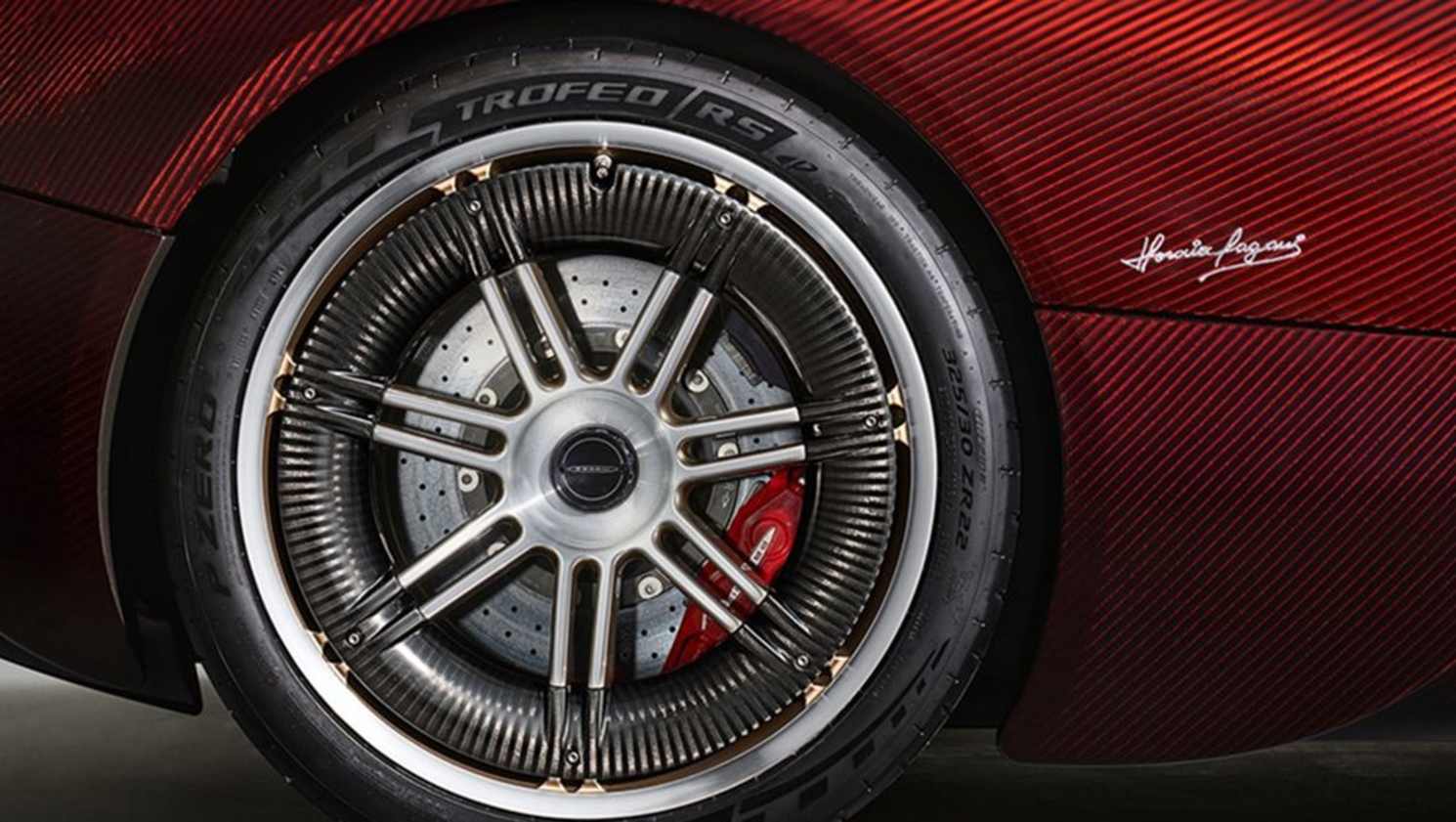What do the numbers on tyres mean?
Car makers and anybody who makes parts for them love coded information. Check out the VIN of your own car. It’ll have 17 numbers and letters (or should have) and within that random looking line of code will be a whole bunch of information that identifies your car from any other on the planet. Tyres are a bit the same. Sort of.
If you look closely at the sidewall of your car’s tyre, you’ll see all sorts of information. It’s all important stuff, too, and ranges from when the tyres was made to what size it is, how fast it’s rated to travel and even things like the safe load rating. With this information, you can make safer choices about what you do and don’t do with your car. But before it can make any sense, you need to decode it.
So here’s the quick guide to tyre numbers explained and how to read tyre specs:
When people first ask what do tyre numbers mean, they’re often referring to the largest letters and numbers on a tyre’s sidewall. As well as a tyre brand, you should find somewhere on the tyre sidewall a list of letters and numbers that read something like P215/50 R18 94H.
So let’s break that down to the individual tyre number meanings. The first bit, the `P’ means the tyre is designed for passenger car use. The 215 is the tyre’s inflated width in millimetres at its widest point (which isn’t necessarily the width of the tread and is usually the width at a point on the sidewall).
The next bit, the `50’ is the aspect ratio. In simple terms, it’s the depth of the sidewall, represented as a percentage of the tyre’s width. So, in the case of our `50 series’ tyre here, the depth of the sidewall is 50 per cent (or half) of the tyre’s width.

The next bit, the `R’ means the tyre uses radial construction (just about every passenger car tyre does these days). And the next bit, the `18’ tells you that the tyre fits on an 18-inch rim or wheel. This size is always expressed in inches (while the width is always in millimetres) and probably reflects the fact that American was a driving force in tyres in the early part of motoring’s history. Either way, inches is now the universal standard for wheel size. Metric tyre sizes (diameters) were trialled in the 1980s, but almost immediately abandoned as adding nothing to the technology pool apart from odd, expensive, orphan tyre sizes on a handful of makes and models.
The `94’ relates to the load rating the tyre can handle at its maximum rated speed and refers to the individual tyre, not the car as a whole. Meanwhile, the `H’ is that speed rating. Ratings start at N representing 140km/h maximum safe speed, and go all the way to Y which represents 300km/h.

Another thing you’ll also find on the sidewall but in much smaller writing will be the tyre date stamp which tells you the tyre manufacture date to within a month. This is important, because tyres have a shelf life even they still have lots of tread left on them. Most experts agree that seven or eight years is as long as you’d want to keep tyres, with ten years as the absolute limit. Beyond this, a tyre will have physically degraded to the point where it’s not safe to use any more, even if the car has done very few kilometres in that time. So, do tyres have a use by date? Not specifically, but by knowing when they were made, you can gauge when they need to be replaced according to age rather than wear.
But how can you tell how old the tyres are on a car you’ve only just bought? If you look closely, every tyre should have a date code. This code will be in the fine print on the sidewall and will be a four-digit number. The first two digits represent the week of the year the tyre was made and the last two digits will be the year. So, a tyre with a date code of 1622, was manufactured in the 16th week of 2022.

If you want to know more, ask a tyre specialist the next time you buy new tyres or even have a flat tyre fixed. The people that run tyre shops should be able to go into some pretty serious depth on how to read tyre size markings, tyre measurements and you can also have your car’s tyre size explained and compared with other potential replacement sizes. It’s a real science and the tyre markings only really tell part of the story. When you consider what a modern tubeless tyre puts up with in terms of stress and punishment, not to mention the growing weight and performance of vehicles like modern SUVs, they’re quite remarkable things.
The other critical thing to be aware of is the correct tyre inflation pressures. These are car, not necessarily tyre, specific, so you won’t find info for your make and model on the tyre itself. Instead you need to look for the tyre placard which is a small chart that shows the ideal inflation pressure depending on weather, load and driving conditions. The placard is usually on the inside of a door jamb, inside the glove-box and sometimes inside the fuel-filler flap. The car’s owner’s manual should also contain this information.






.jpg)
.jpg)
.jpg)


.jpg)
.jpg)





.jpg)